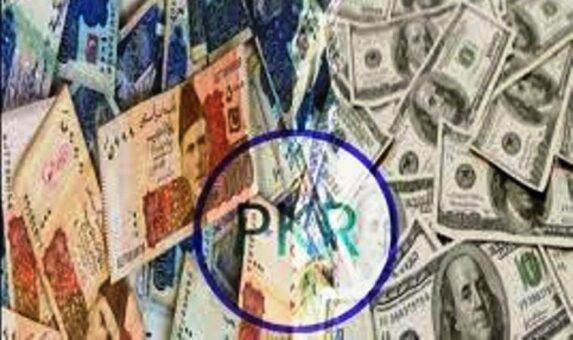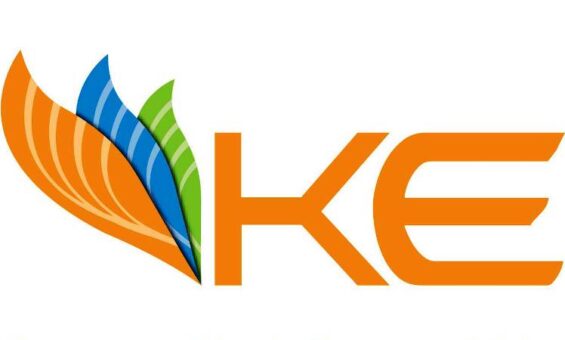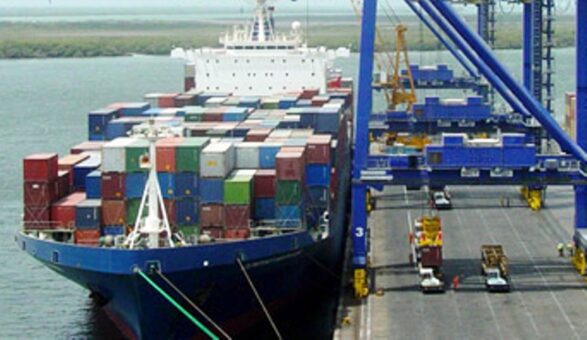ISLAMABAD: Pakistan has increased prices of petroleum products by around 100 per cent during past one year, according to official data released on Friday.
According to data released by Pakistan Bureau of Statistics (PBS), the price of petrol was increased by 99 per cent to Rs236.98 per liter by week ended September 08, 2022 as compared with Rs119.25 per liter by week ended September 09, 2021.
READ MORE: New petroleum prices in Pakistan from September 01, 2022
Similarly, the price of high speed diesel (HSD) recorded a massive increase of 114 per cent to Rs248.40 per liter by week ended September 08, 2022 when compared with Rs116 per liter by week ended September 09, 2021.
The PBS issued weekly Sensitive Price Indicator (SPI) based inflation details.
The year on year trend depicts an increase of 42.70 per cent. The items have witnessed increase in prices are included: Tomatoes (144.25 per cent), Diesel (114.08 per cent), Petrol (98.73 per cent), Pulse Masoor (76.34 per cent), Cooking Oil 5 litre (67.99 per cent), Mustard Oil (66.53 per cent), LPG (64.98 per cent), Washing Soap (64.50 per cent), Electricity for Q1 (63.03 per cent), Vegetable Ghee 2.5 Kg (62.53 per cent), Pulse Gram (61.02 per cent), Onions (59.97 per cent) and Vegetable Ghee 1 Kg (58.19 per cent).
READ MORE: Pakistan’s headline inflation hits 47-year high in August 2022
While a decrease observed in the prices of Chillies Powder (43.42 per cent), Sugar (18.07 per cent) and Gur (2.08 per cent).
The SPI for the current week ended on September 08, 2022 recorded a decrease of 0.58 per cent. Decrease is observed in the prices of food items, Onions (41.99 per cent), Tomatoes (8.11 per cent), Bananas (2.51 per cent), Pulse Masoor (1.37 per cent), Vegetable Ghee 1Kg (0.55 per cent), Cooking Oil 5 litre (0.33 per cent), Mustard Oil (0.16 per cent) and Vegetable Ghee 2.5Kg & Sugar (0.11 per cent) each.
READ MORE: Pakistan’s sensitive price inflation surges by 45%
On the other hand, an increase observed in the prices of LPG (10.66 per cent), Wheat Flour (4.15 per cent), Eggs (3.96 per cent), Bread (3.27 per cent), Pulse Moong (2.74 per cent), Curd (2.72 per cent), Tea Lipton (2.50 per cent), Pulse Gram (1.65 per cent), Chicken (1.58 per cent), Milk Fresh (1.57 per cent), Fire wood (1.54 per cent) and Potatoes (1.02 per cent).
During the week, out of 51 items, prices of 26 (50.98 per cent) items increased, 09 (17.65 per cent) items decreased and 16 (31.37 per cent) items remained stable.
READ MORE: Pakistan’s sensitive price inflation surges by 37.67%







